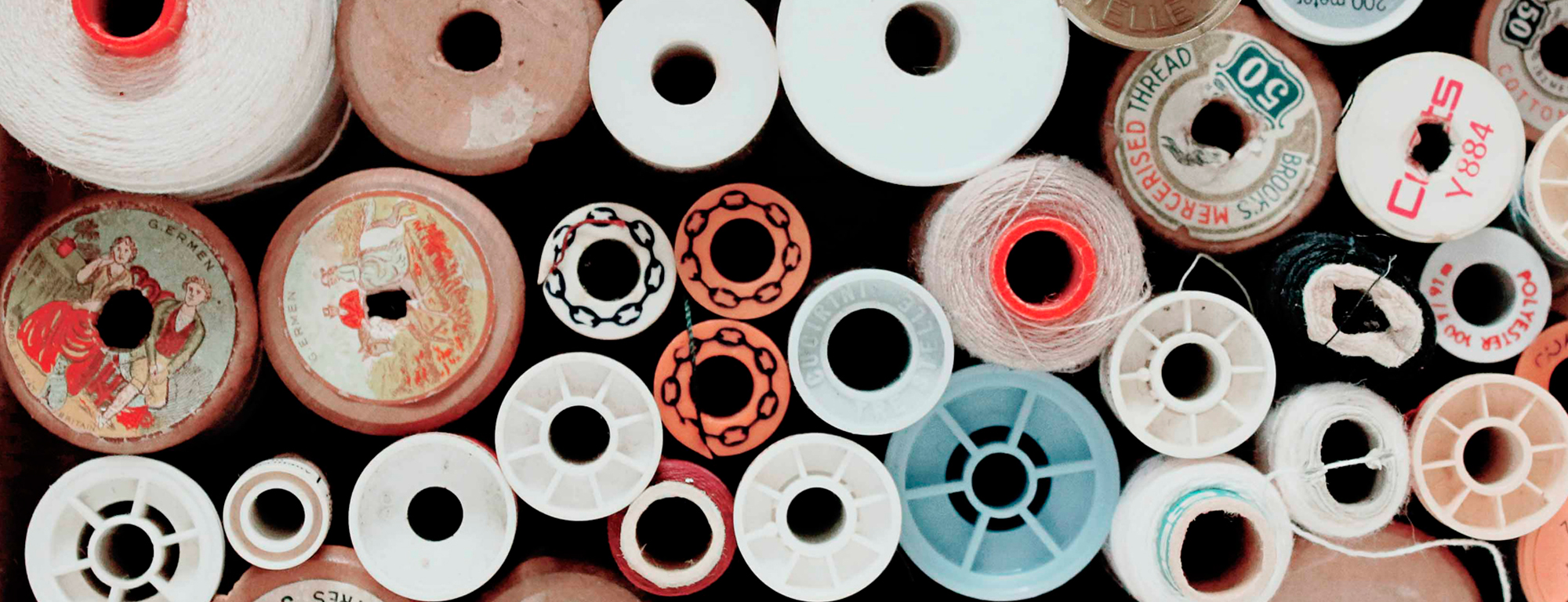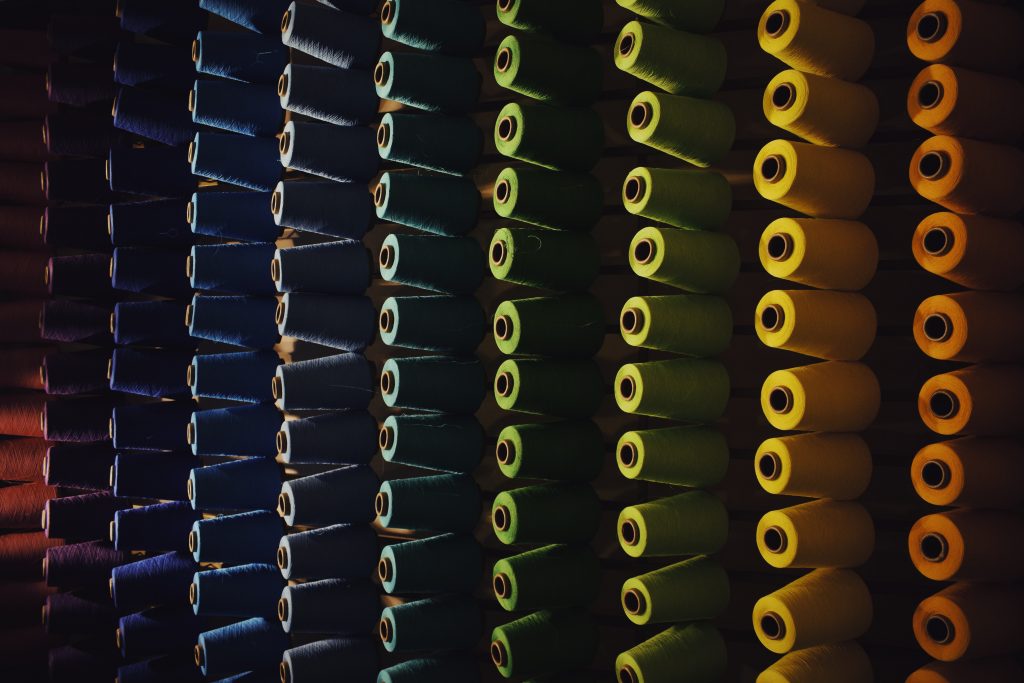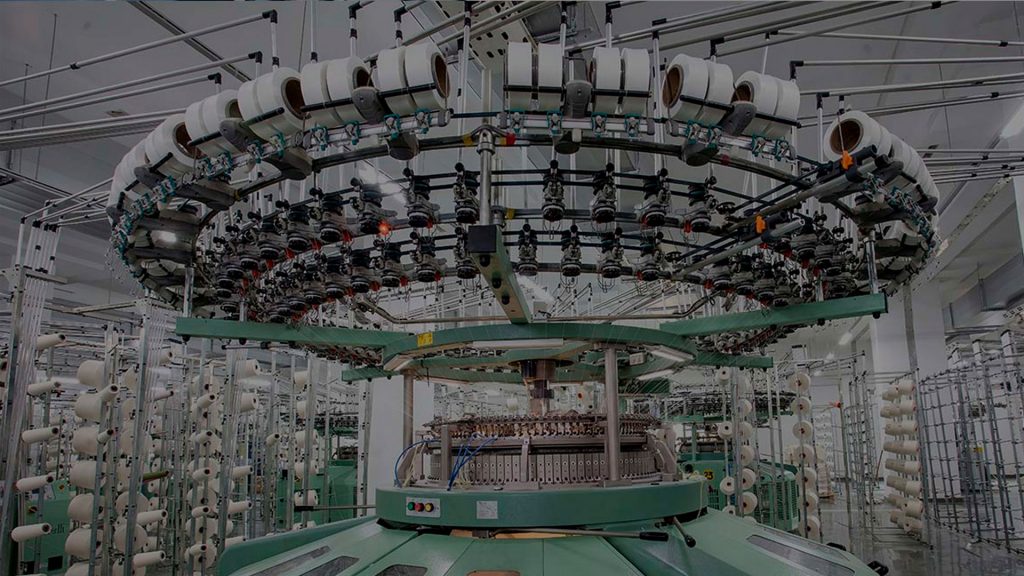The role of the consumer in promoting sustainable clothing manufacturing is a reality, so the future of fashion will have to be focused on minimizing the environmental impact in clothing manufacturing.
We often hear about the difference between sustainable fashion and sustainable fashion, and although there is an ongoing debate about it, they have some subtle differences.
Sustainable fashion is a broader and more holistic vision of responsible fashion, encompassing both environmental and social sustainability. The term sustainable fashion refers to the creation of clothing that meets current needs, focusing on the durability of garments and the ability to repair clothing, as well as reducing environmental and social impact.
In other terms, we also want to highlight what organic clothing is, what sustainable clothing creation refers to, and the materials that should be used for it.
What is organic clothes?
Organic clothing refers to garments that are made using organic materials.
And what materials can be considered organic materials? Organic cotton, organic linen, organic hemp fabric, among others.
The reason they are considered organic materials is due to their cultivation. They are grown without the addition of pesticides or chemical fertilizers and processed without the use of toxic chemicals.
The manufacturing of organic clothing has two aspects that avoid environmental impact. On the one hand, the use of organic materials promotes the health of the workers involved in the garment manufacturing process, and on the other hand, it has a social commitment to reduce environmental impact by avoiding the use of conventional materials.
How is sustainable clothes created?
Sustainable clothes is created by following practices and techniques that help reduce its environmental impact, taking into account some key elements for its development.
It is essential to consider the materials used in its manufacture, in this case, they should be sustainable materials. The choice of sustainable materials will include organic cotton, linen, recycled fabric, and biodegradable materials.
Another key factor in making clothing sustainable is adhering to transparency in the supply chain. It is a fact that more and more major brands are focused on showcasing the transparency of their production processes, with a focus on compliance with human rights during the manufacturing of textile garments.
Green production processes refer to the use of sustainable production practices, such as waste minimization in the manufacturing process, energy and water conservation, and the reduction of carbon footprint during processes.
Speaking of sustainable materials…
Earlier, we mentioned different sustainable materials such as organic cotton, linen, hemp fabric, etc. So, what characterizes them as sustainable materials?
Organic cotton is grown without the use of chemicals harmful to the environment and human health. It is one of the most commonly used materials in textiles when referring to sustainable fashion currently.
Recycled fabric is produced from previously used materials, reducing environmental impact and the need to produce new materials. Some fashion brands like H&M and Inditex have containers in their stores to collect used garments and give them a second life.
Linen is a natural and durable material that is produced with a low environmental impact and can be easily recycled. The fabric called linen comes from a plant that is primarily cultivated for its fibers, which are subsequently used to make fabrics, paper, and other products.
Tencel is a synthetic fabric made from wood pulp and produced using more sustainable processes than conventional methods.
Recycled polyester is made from recycled plastic bottles and has a lower environmental impact than conventional polyester.
Bamboo is a natural fabric that is cultivated similarly to organic cotton, without the use of pesticides or chemicals, making it a sustainable material for fabric manufacturing.
Organic silk is produced without the use of chemicals and without killing the silk moth larvae. It follows a rigorous process for raising silk worms, feeding them, and subsequently creating threads through natural techniques. Organic silk is commonly used in the production of bedding, delicate garments, and fabrics.
How to make your brand more sustainable?
Among the tips to consider for minimizing environmental impact in clothing manufacturing, Pinexports recommends the following:
- Use sustainable materials in your manufacturing.
- Adopt responsible production practices and avoid waste.
- Control carbon emissions.
- Create a garment recycling program.





